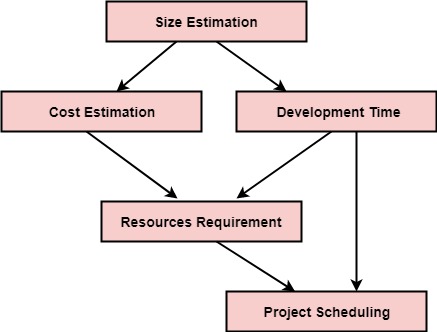Define the project scope:
Matrics solution Clearly articulate the objectives, deliverables, and desired outcomes of the project. Identify any constraints or limitations, such as budget, time, or resources.
Set project goals and objectives:
Establish specific, measurable, achievable, relevant, and time-bound (SMART) goals for the project. These goals should align with the project scope and contribute to its overall success.
Identify stakeholders:
Identify all individuals or groups who have an interest in or will be affected by the project. Engage them early on to understand their expectations, gather input, and address any concerns.
Create a project plan:
Develop a detailed plan that outlines the tasks, timelines, dependencies, and resources required to complete the project. Break down the project into smaller, manageable tasks and assign responsibilities to team members.
Estimate resources:
Determine the resources needed to complete the project, including personnel, equipment, materials, and facilities. Estimate the quantity, cost, and availability of these resources to ensure they are adequately allocated.
Develop a project schedule:
Create a timeline that outlines the start and end dates for each task and identifies any critical milestones or deadlines. Consider dependencies between tasks and build in contingency time for unexpected delays or issues.
Allocate budgets:
Establish a project budget that includes all estimated costs, such as labor, materials, equipment, and overhead expenses. Monitor and control the budget throughout the project to ensure it stays within approved limits.
Identify risks:
Identify potential risks or uncertainties that could impact the project's success. Assess the likelihood and potential impact of each risk and develop contingency plans or mitigation strategies to minimize their effects.
